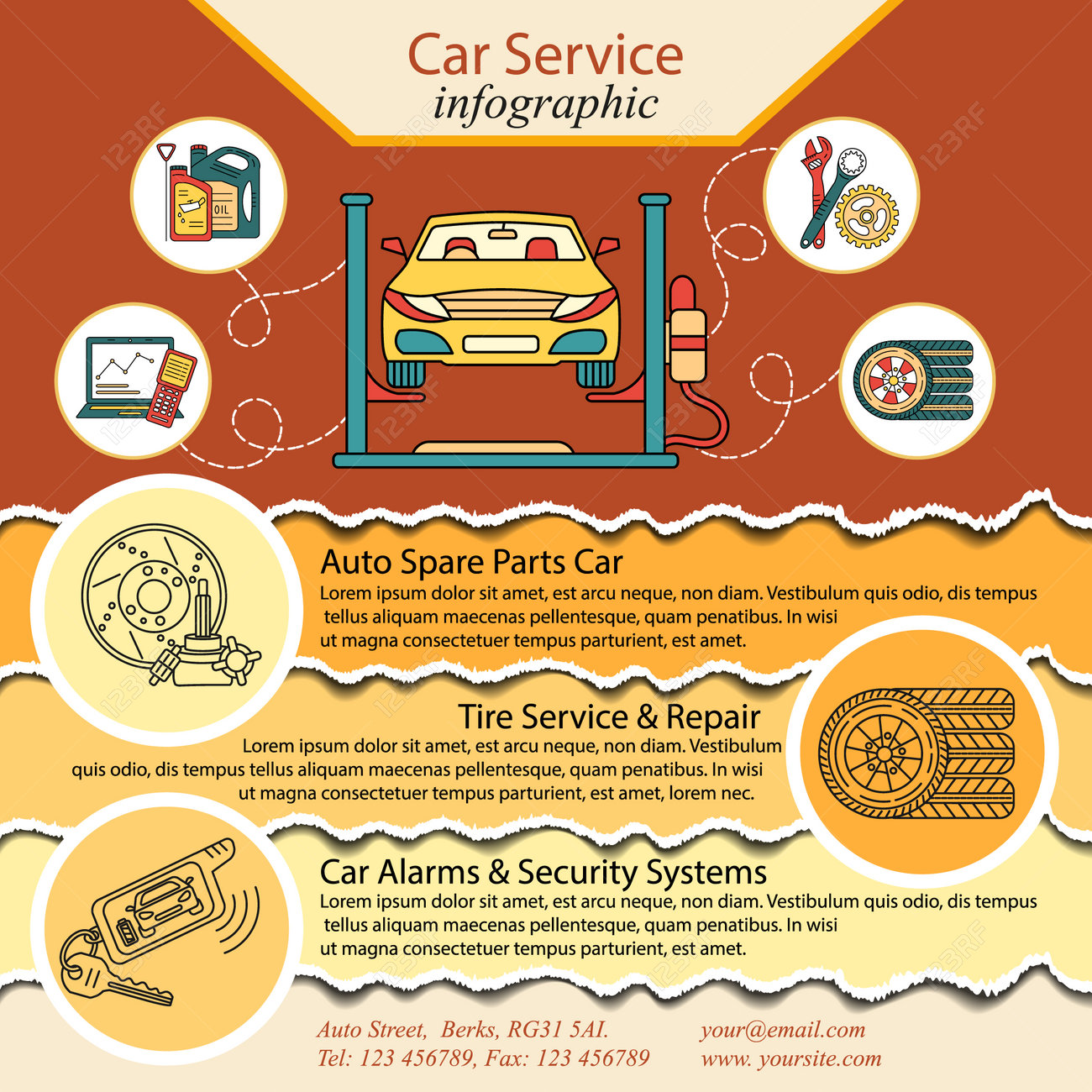Deciphering The True Meaning Behind Your Vehicle'S Warning Lights
Deciphering The True Meaning Behind Your Vehicle'S Warning Lights
Blog Article
Web Content Develop By-Wilkinson Dreier
When you lag the wheel, those glowing caution lights on your control panel can be a little bit puzzling. Do https://brakesnearme17384.webdesign96.com/28187991/are-you-in-search-of-approaches-to-lower-your-vehicle-repair-service-costs know what they're attempting to tell you about your car's health and wellness? Understanding the relevance of these lights is important for your safety and security and the long life of your automobile. So, the following time one of those lights appears, would not you wish to understand its message accurately and take the necessary steps to address it?
Common Warning Lighting and Interpretations
Recognize common caution lights in your cars and truck and comprehend their significances to guarantee secure driving.
One of the most normal warning lights include the check engine light, which signals problems with the engine or emissions system. If this light comes on, it's critical to have your lorry checked immediately.
The oil pressure cautioning light suggests low oil stress, needing instant attention to prevent engine damages.
A blinking battery light may suggest a damaged charging system, possibly leaving you stranded if not dealt with.
The tire pressure tracking system (TPMS) light informs you to low tire stress, impacting car security and gas effectiveness. Disregarding this can lead to unsafe driving conditions.
The abdominal light indicates a problem with the anti-lock braking system, jeopardizing your capacity to stop rapidly in emergencies.
Last but not least, the coolant temperature alerting light warns of engine overheating, which can lead to extreme damages otherwise dealt with swiftly.
Understanding brake fluid leak repair will certainly aid you resolve problems immediately and maintain secure driving problems.
Importance of Prompt Interest
Recognizing the typical caution lights in your cars and truck is only the initial step; the relevance of quickly dealing with these cautions can't be stressed enough to ensure your safety and security when driving.
When a caution light illuminates on your dashboard, it's your car's means of communicating a potential concern that requires interest. Ignoring these warnings can cause extra extreme troubles down the road, endangering your safety and security and potentially costing you extra out of commission.
Motivate focus to cautioning lights can stop failures and accidents. As an example, a flashing check engine light might show a misfire that, if left neglected, might cause damage to the catalytic converter. Addressing this without delay can conserve you from an expensive fixing.
Similarly, a brake system cautioning light might signify low brake fluid or worn brake pads, crucial parts for your safety and security when driving.
DIY Troubleshooting Tips
If you see a caution light on your dashboard, there are a couple of DIY troubleshooting suggestions you can try before seeking professional aid.
The initial step is to consult your car's handbook to recognize what the particular warning light indicates. Sometimes the problem can be as basic as a loosened gas cap activating the check engine light. Tightening the gas cap may deal with the issue.
One more common issue is a low battery, which can set off numerous cautioning lights. Examining the battery links for corrosion and ensuring they're secure might repair the issue.
If a caution light continues, you can attempt resetting it by separating the cars and truck's battery for a few minutes and after that reconnecting it. Additionally, checking your car's fluid degrees, such as oil, coolant, and brake liquid, can help troubleshoot advising lights associated with these systems.
Verdict
Finally, understanding your auto's warning lights is important for keeping your vehicle running efficiently and securely. By quickly addressing these signals and recognizing what they indicate, you can avoid expensive repairs and potential failures.
Keep in mind to consult your automobile's handbook for particular details on each advising light and do something about it appropriately to make certain a hassle-free driving experience.
Remain educated, remain risk-free when traveling!
